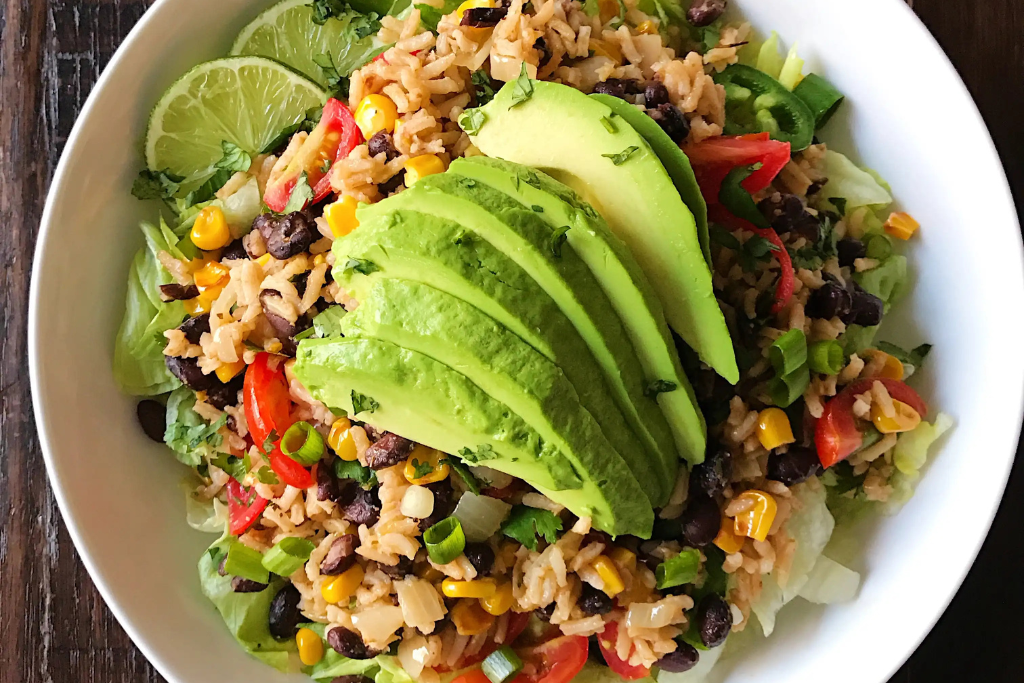7 Nutrients That Are Healthier When Consumed Together, According to Dietitians
Whether we eat for nourishment or pleasure (and ideally both!), the majority of us want to get the most out of our meals. However, did you know that the body does not absorb all vitamins and minerals equally? Certain nutrients are less bioavailable, meaning they aren’t as easily absorbed by the body.
There are various reasons for this, such as the structure of the food containing the nutrient. Additionally, how a nutrient interacts with other nutrients can play a role in its absorption. For example, our body might need another nutrient to help absorb the first one. Factors like age, health, or pregnancy can also affect our body’s capacity to absorb nutrients.
The good news is that you can enhance your body’s ability to absorb these nutrients more effectively. By combining certain nutrients or consuming them together in the same meal, you can increase their bioavailability. Below, we’ve highlighted seven nutritional combinations to consider the next time you plan a meal or snack.
1. Vitamin D and Calcium
Your body can only absorb a limited amount of calcium if you’re consuming foods rich in calcium but lacking in vitamin D. According to dietitians, you need enough vitamin D to optimize calcium absorption in your intestines.
However, vitamin D and calcium do not need to be consumed together, unlike some other nutrient pairings. Just ensure you’re getting enough vitamin D. Since sunlight provides most of our vitamin D, getting some exposure to the sun in the morning or late afternoon is ideal when UV rays are lowest.
It’s also smart to consume foods high in vitamin D. Canned fish like salmon, sardines, or mackerel offer both calcium (from the fish’s softened bones) and vitamin D.
2. Vitamin A with a Source of Fat
Vitamin A is an antioxidant that supports eye health and immune function. It’s found in shellfish, eggs, collard greens, and red and orange fruits and vegetables.
Since vitamin A is fat-soluble, you won’t absorb much of it if you consume foods rich in vitamin A without any fat. For effective absorption, you need fat. A good example is tossing your sweet potatoes, carrots, or butternut squash in olive oil before roasting, which will help your body absorb this essential nutrient.
3. Vitamin D with a Source of Fat
Similar to vitamin A, vitamin D also requires fat for proper absorption. It impacts bone health, brain function, and immune system regulation. Foods like fatty fish, fortified milk, fortified cereal, and mushrooms are rich in vitamin D.
Next time you have vitamin D-fortified cereal, try pairing it with low-fat milk, or for an extra fat boost, sprinkle it with nuts and seeds.
4. Vitamin C and Iron
Iron is crucial for energy production and oxygen transport throughout the body. The body absorbs heme iron (found in animal products) more easily than non-heme iron (from plant sources). To improve the absorption of non-heme iron, incorporate vitamin C.
If you follow a plant-based diet and get most of your iron from foods like tofu, spinach, and lentils, you can enhance its absorption by adding lemon juice or pairing it with vitamin C-rich vegetables like broccoli or bell peppers. Similarly, combining vitamin C with iron from animal sources boosts absorption as well.
5. A Source of Fat with Vitamin E
Vitamin E is a potent antioxidant that helps protect against oxidative stress and cellular damage. It’s a fat-soluble vitamin, so it’s best absorbed when consumed with fats.
Nuts, seeds, and other fat-rich foods like avocado and rainbow trout are great sources of vitamin E. If you’re allergic to nuts, these alternatives will help you get the vitamin E your body needs. For vegetables like butternut squash and turnip greens, pairing them with healthy fat ensures better absorption of vitamin E.
6. Piperine and Curcumin
Curcumin, found in turmeric, is a powerful antioxidant that helps reduce chronic inflammation. To maximize the benefits of curcumin, it’s effective to consume it with black pepper. The compound piperine in black pepper aids in the absorption of curcumin, which is otherwise not easily absorbed by the body.
7. Vitamin K with a Source of Fat
Vitamin K plays a key role in bone health and blood clotting. There are two main types: K1 and K2. While vitamin K1 is found in green leafy vegetables like spinach, broccoli, and cabbage, vitamin K2 can be found in fermented foods like sauerkraut and natto, as well as chicken breast.
Like other fat-soluble vitamins, vitamin K needs fat to be absorbed. Adding healthy fats like oils, seeds, or avocado to your meals will help your body absorb this vital nutrient more effectively.
By pairing these nutrients in your meals, you can significantly boost their absorption and enhance your overall health. Remember, the synergy between certain nutrients can lead to better bioavailability, ensuring you get the most benefit from the foods you eat.

